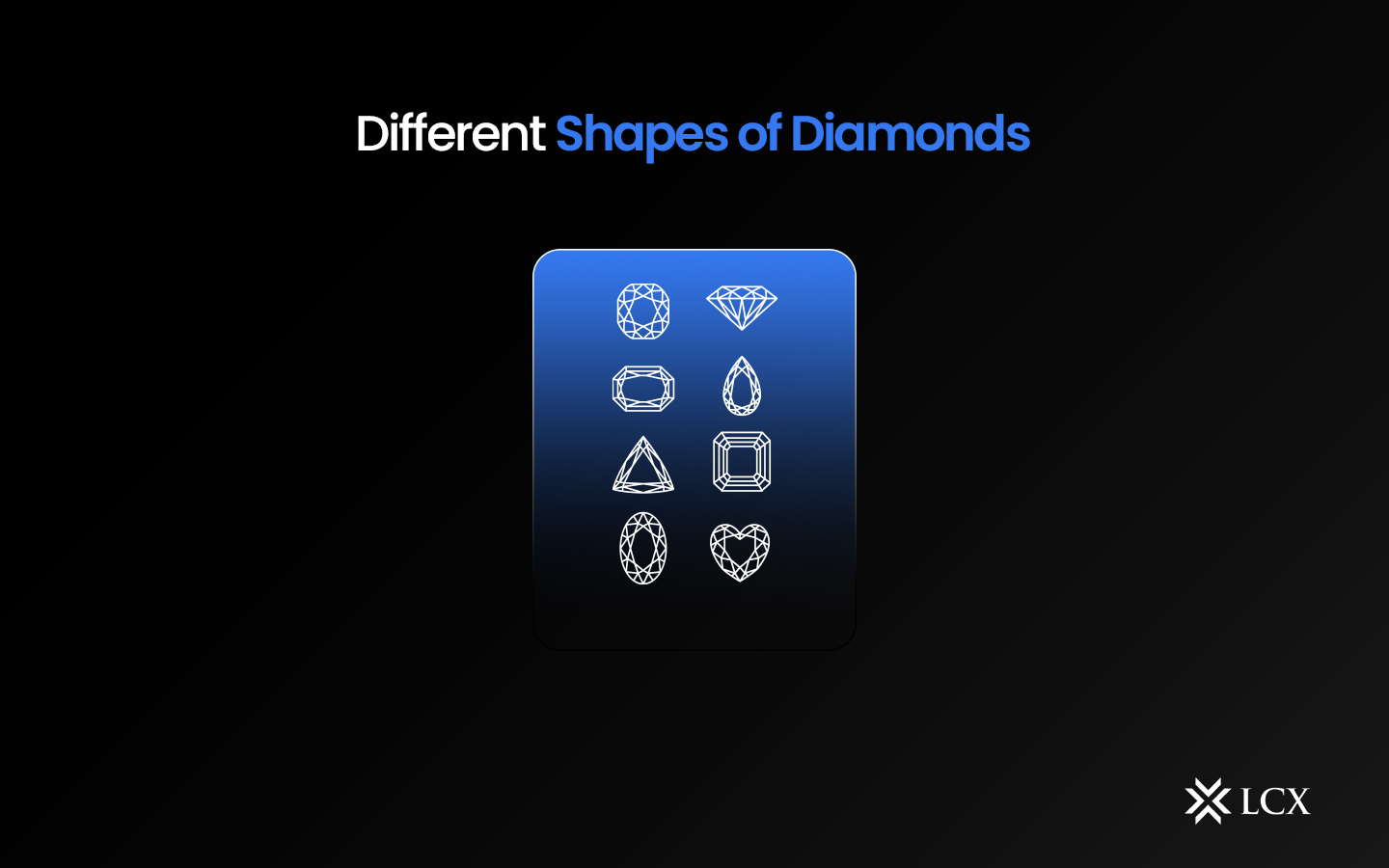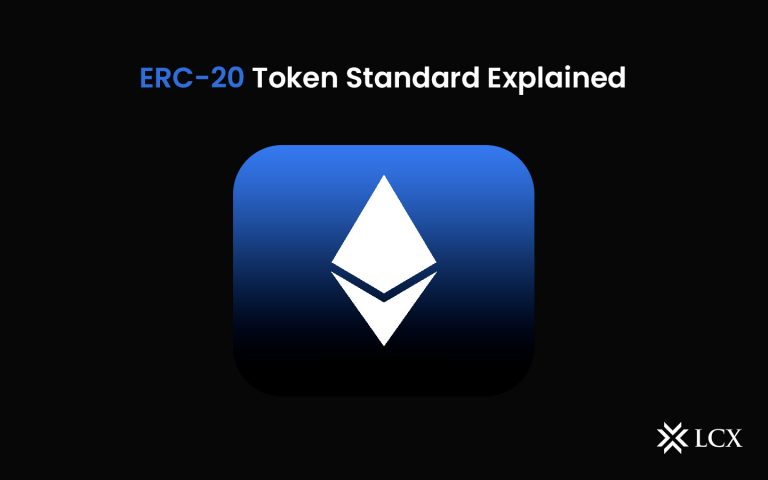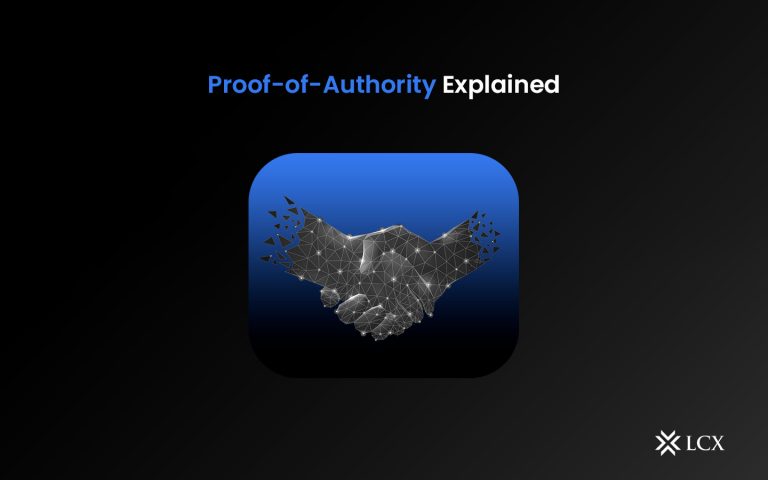The concept of “diamond shapes” refers to the diamond’s tangible and visual form. Every design has distinctive characteristics that affect the entire aspect and radiance of the diamond. Whenever buying a diamond, shape is typically one of the most important considerations. The cut and shape of a diamond are frequently confused when used collectively, but they are different terms. The cut of a diamond refers to its dimensions, uniformity, components, and reflective properties. In contrast, diamond shape corresponds to the entire structure or external aspect of a diamond when viewed from above.
There are numerous diamond configurations, each with its own unique characteristics. However, the most familiar and conventional diamond shape is the round brilliant cut. In addition, there are diamonds with exotic shapes. Due to their extraordinary and distinctive shapes, these fancy-shaped diamonds are in high demand for engagement rings and exquisite jewelry.
Different shapes such as octagonal diamonds, trapezoids, baguettes, half-moons, and trillion-cut diamonds are increasing in popularity due to their ability to produce unique and beautiful designs. The shape of a diamond is its most striking and readily identifiable characteristic. Numerous shapes are used to cut diamonds in order to maximize their brilliance and impart individuality. Different shapes can symbolize various personalities and occurrences. The most popular diamond shape is the round brilliant, followed by the Princess cut.
Understanding Diamond Shapes
There are a variety of diamond shapes. However, how does a diamond-cutting instrument choose which shape to create? Well, the primary responsibility of a diamond cutter is to keep diamonds beautiful and maximize carat weight. And because unpolished diamonds can be found in a variety of sizes and shapes, the stone’s cutter will create the shape that maximizes its weight in carats and value.
Surprisingly, round-cut diamonds result in the greatest amount of wasted, unpolished diamond carats. The other fanciful shapes are typically longer and less uniformly shaped, allowing them to grab far more of the unpolished diamond.
Despite the fact that diamonds can be cut into any shape, there are ten common diamond shapes: round, princess, cushion, oval, emerald, pear, marquise, asscher, radiant, and heart.
Different Diamond Shapes
Round-Cut Diamond: The round-cut diamond is by far the most widespread diamond shape currently available. Diamond cutters have utilized advanced theories of light behavior and accurate mathematical computations for more than a millennium to optimize the brilliance and radiance of a round diamond. Apart from being the most prominent and historically prevalent shape, round-cut diamonds typically offer more possibilities for balancing cut, color, and clarity grading while achieving the desired brilliance.
Princess Cut Diamond: The princess cut is the most prominent non-round diamond shape. Its unique cut and stunning light play make it a popular choice for engagement rings. The princess is typically square or rectangular with pointed corners. Consider that lower color categories are more readily apparent at the rectangular edges of a princess cut and that a higher-quality color may be preferred when selecting a color grade. Moreover, the squareness or rectangularity of princess-cut diamonds can differ significantly.
Emerald Cut Diamond: What distinguishes the emerald cut diamond shape is the pavilion, or lower part of the diamond, which is obscured by the setting in other diamond shapes. This shape emphasizes a diamond’s clarity because of its bigger, exposed table (the smooth surface at the greatest point of the diamond). Therefore, one must be cautious when selecting a diamond with a lower clarity grade, such as something below SI. In addition, the degree to which emerald-cut diamonds are rectangular varies significantly. Look for an Asscher-cut diamond if they choose an emerald cut with a square outline.
Asscher-Cut diamond: The only difference between this shape and the emerald-cut is that it is squared. In the same manner as the emerald-cut, the pavilion of an Asscher-cut diamond has rectangular facets. As with the emerald cut, this design accentuates the clarity of the diamond, so a highly graded, transparent diamond is essential. As is the case with the princess-cut, color grade is also crucial, as lower color grades will become apparent in the corners of this primarily square diamond.
Marquise-Cut Diamond: The shape of the diamond allows buyers to get more diamond for their money, as a marquise with a lower carat weight appears much larger. This lustrous diamond appears beautiful with round or pear-shaped secondary stones, and the overall length of the marquise diamond creates the illusion of a long, slender finger.
Oval-Cut Diamond: A stunning oval diamond combines the radiance of a round diamond with the carat-maximizing characteristics of a marquise. Additionally, oval diamonds are very popular because their dimensions can highlight long, slender digits.
Radiant-Cut Diamond: This diamond is distinguished by its rounded corners, which contribute to making the radiant-cut a popular and versatile option for engagement jewelry. The degree of rectangularity of radiant-cut diamonds can differ.
Pear-Cut Diamond: This brilliant diamond, also known as a teardrop, has a singular tip and a rounded end. The distinctive appearance of the pear shape contributes to its widespread use in diamond jewelry. Similar to the marquis and oval, this shape slims the hand.
Heart-Cut Diamond: This distinctive appearance makes it an exceptional option for different kinds of diamond jewelry. As with other specialized shapes with sharp angles, the color grade of a heart-shaped diamond is crucial. This form is available in numerous variations, as hearts can be broad and flat or extended and elongated.
Cushion-Cut Diamond: This more traditional hairstyle has been prevalent for more than a century, and for good reason. Cushion-cut diamonds (also referred to as “pillow-cut” diamonds) feature elongated corners and bigger angles to enhance their brilliance and radiance. These larger facets emphasize the diamond’s clarity, so choose a diamond with a high clarity grade. Available cushion-cut diamond shapes range from square to rectangle.
Thus, diamonds are not just restricted to their round shape but have a lot to offer those looking for exquisite diamond jewellery in different diamond shapes.








